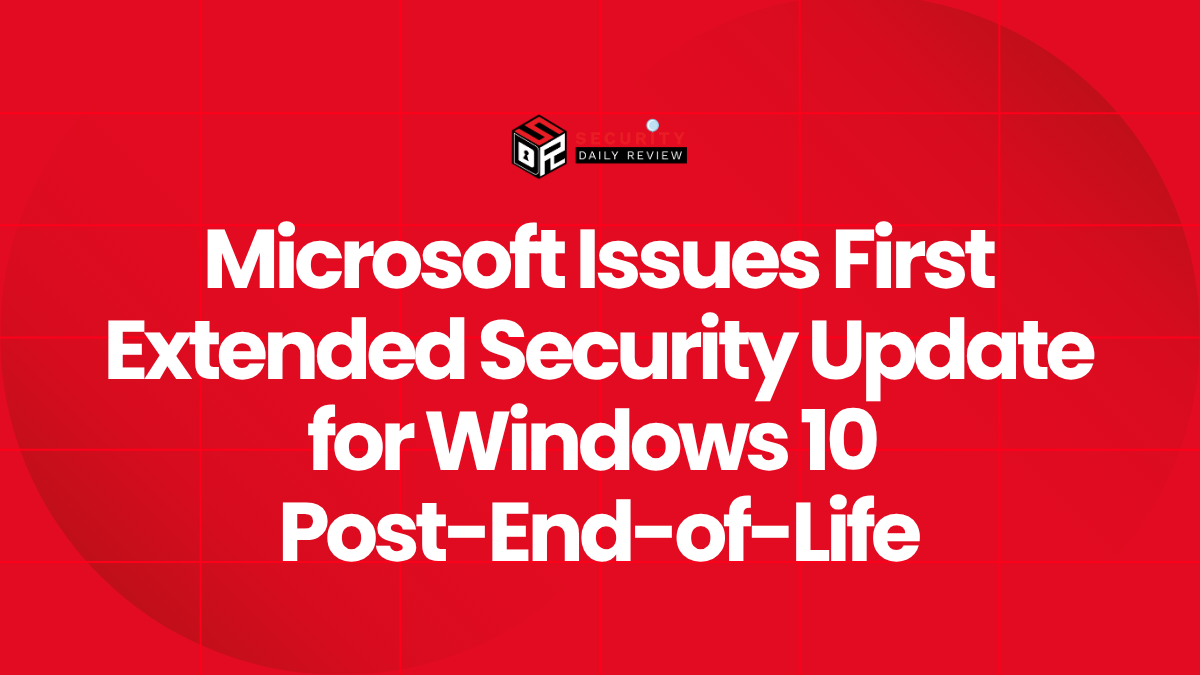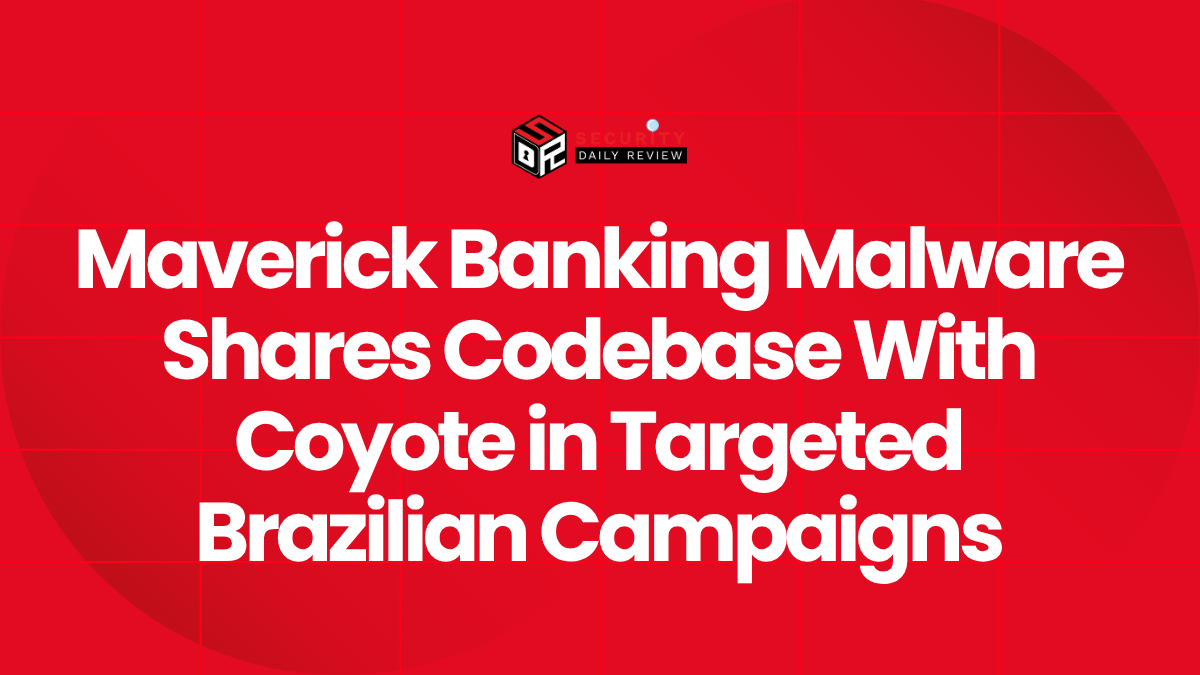Google has initiated legal action against a cybercriminal group based in China for deploying widespread SMS-based phishing (smishing) campaigns that leveraged a Phishing-as-a-Service (PhaaS) toolkit known as “Lighthouse.” The lawsuit, filed in a U.S. District Court, marks a significant step by the tech giant to actively dismantle sophisticated threat infrastructures targeting users en masse for financial exploitation.
Google’s Lawsuit Targets Smishing Operations at Scale
The tech giant’s legal complaint outlines tactics used by the group to steal financial credentials from American users.
The phishing ring utilized the Lighthouse phishing kit to create deceptive mobile web pages impersonating reputable financial institutions, tricking users into divulging sensitive credentials such as banking login details, Social Security numbers, and credit card information. These attacks were delivered through SMS messages crafted to look like legitimate, urgent alerts—commonly claiming issues with the recipient’s account or payment activity.
Google’s legal action, filed in the Northern District of California, details repeated efforts by the group to hijack its services. Defendants allegedly created multiple Gmail and Google Voice accounts to distribute phishing content and continue operations despite repeated account suspensions and takedowns.
The complaint outlines the company’s intent not only to protect its users but to send a message that it will use all available tools—technical, legal, and collaborative with law enforcement—to disrupt cybercriminal activity orchestrated at scale.
Breakdown of the Lighthouse Phishing-as-a-Service Toolkit
The Lighthouse kit streamlines smishing operations with phishing site templates and automated campaign features.
The Lighthouse toolkit exemplifies a growing threat model in the smishing ecosystem: phishing-as-a-service. This model lowers the barrier for cybercrime by allowing customers willing to pay to access and deploy professionally designed phishing kits.
Key features of the Lighthouse kit include:
- Mobile-optimized phishing templates impersonating major U.S. banks and credit unions
- Backend panels to manage campaigns, track stolen credentials, and update targets
- Localization features allowing customizations for different regions or institutions
- Integration with SMS gateways for rapid spam distribution
These capabilities empower even non-technical actors to run compelling and scalable smishing campaigns. Google’s legal team believes holding the kit’s operators accountable disrupts the broader ecosystem that enables financial fraud.
How the Smishing Campaign Was Structured
A centralized and repeatable method was used to extract financial data from American victims.
According to the court filing, victims reported receiving SMS messages that mimicked communication from their financial institutions. Once recipients clicked on the embedded link, they were redirected to highly convincing replicas of login pages. If users entered personal and financial credentials, these were harvested and sent to attacker-controlled servers.
The campaign exhibited the hallmarks of industrial-scale phishing:
- Reusable infrastructure: domains and templates were rotated to avoid takedowns
- Broad targeting: users across the U.S. received smishing messages indiscriminately
- Monetization: credentials collected were either used for account takeovers or sold on illicit markets
Google’s Strategy to Disrupt Emerging Phishing Threats
This lawsuit is part of a broader push by Google to hinder phishing-as-a-service at its roots.
Google’s lawsuit goes beyond immediate account bans or technical countermeasures—a strategy increasingly necessary as cybercriminals evolve their tactics and infrastructure.
The complaint seeks injunctive relief to:
- Block the defendants from accessing or using Google’s services
- Prevent further abuse of Google Voice and Gmail
- Claim damages and legal costs for harm caused
- Signal deterrence to other phishing-as-a-service operations
This is not Google’s first attempt to use civil litigation as a cybersecurity tool. The company has previously sued operators of botnets and commercial spyware. However, this case is distinct for targeting a PhaaS service developer and smishing campaign at such scale.
Broader Implications for the Cybersecurity Community
Civil lawsuits may emerge as a more common strategy to counter phishing-as-a-service operators.
Google’s move underscores a shifting paradigm: tech firms are employing legal mechanisms not just for recourse but as offensive cybersecurity tools. Civil litigation offers a framework for attribution, asset seizure, and public exposure, often when criminal prosecution is not immediately feasible due to jurisdictional challenges.
For cybersecurity professionals, the suit provides insight into how phishing-as-a-service operations are structured and deployed, and how legal avenues can supplement technical defenses. It also underlines the persistent threat of smishing—often underestimated compared to email phishing—and the need for layered protection on mobile devices.
As smishing grows more sophisticated, incorporating tools like Lighthouse, coordinated responses across industry, legal, and public sectors will play a critical role in limiting its impact.









